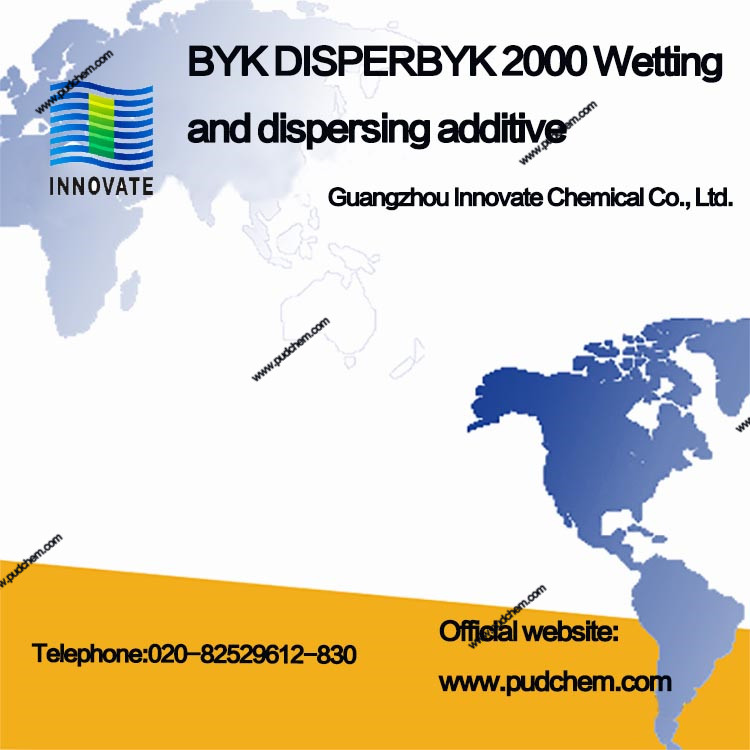BYK DISPERBYK 2000 Wetting and dispersing additive

DISPERBYK-2000
Wetting and dispersing additive in solvent-borne automotive coatings to stabilize pigments in CAB-containing basecoats. It can improve the blackness of carbon black in automotive coatings.
chemical components
Structured Acrylic Copolymer Solutions Containing Pigment Affinity Groups
Typical materialized data
The data given on this data sheet are only typical values, not the technical specifications of the product.
| Amine value | 4 mg KOH/g |
| Density (20 °C) | 1.02 g/ml |
| Non-volatile matter (20 min., 150 °C) | 40 % |
| Solvent | Propylene Glycol Methyl Ether Acetate / Ethylene Glycol Butyl Ether 1/1 |
| Flash point | 45 °C |
Application field
paint industry
Product features and advantages: DISPERBYK-2000 deflocculates the pigment through steric stabilization, it also makes the pigment particles have the same charge, and the repulsive effect and steric stabilization prevent the return of the pigment. Coarse, thereby eliminating the problem of floating and blooming in systems containing multiple pigments.
Due to the small particle size of the deflocculated pigments, high gloss can be obtained, as well as improved color strength. In addition, the transparency of transparent pigments and the hiding power of opaque pigments
can also be improved. For carbon blacks with very small particles, DISPERBYK-2000 can significantly improve the blackness of carbon blacks. Also, due to the reduced viscosity, the leveling properties
be improved, and can increase the amount of pigment added.
Recommended use
DISPERBYK-2000 is especially recommended for automotive coatings and is suitable for CAB-containing basecoats and all topcoats. Even if CAB is added after grinding, the additive prevents coarsening of the pigments. For optimum grinding results, it is not necessary to use a CAB during the grinding stage.
Recommended dosage
Auxiliary dosage (as purchased) based on pigment:
| Inorganic Pigment | 12-17 % |
| Titanium dioxide | 5 % |
| Organic Pigments | 20-70 % |
| Carbon black | 70-140 % |
The above recommended dosage is for reference, and the optimum dosage needs to be determined through a series of tests.
Addition method and processing guidance
For optimum performance, additives must be added to the millbase before the pigment.
Pre-mix the resin and solvent components in the millbase, then slowly add the additives while stirring. Pigments can only be added after the additives have been completely dispersed. In low polarity base solutions, the addition of DISPERBYK-2000 may cause a transient viscosity increase in the system. This is characteristic of this product and has no effect on the final dispersion result. The transient viscosity increase described above can be avoided by adding small amounts of polar solvents such as alcohols or glycols to the adjuvant or millbase.
- PREV:BYK DISPERBYK 2050 Wetting and dispersing additive
- NEXT:BYK 190 Wetting and dispersing additive





















